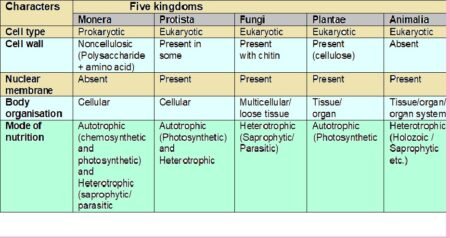Phylum Aschelminthes or Nemathelminthes
Phylum Aschelminthes or Nemathelminthes (Greek; nema = thread; helmins = worm) The Roundworms In phylum Aschelminthes, the organisms are also called roundworms because the body is circular in cross-section. These organisms are endoparasites. They are cylindrical, unsegmented, and triploblastic animals. The roundworms are mostly parasitic and cause diseases in plants, Read more…









